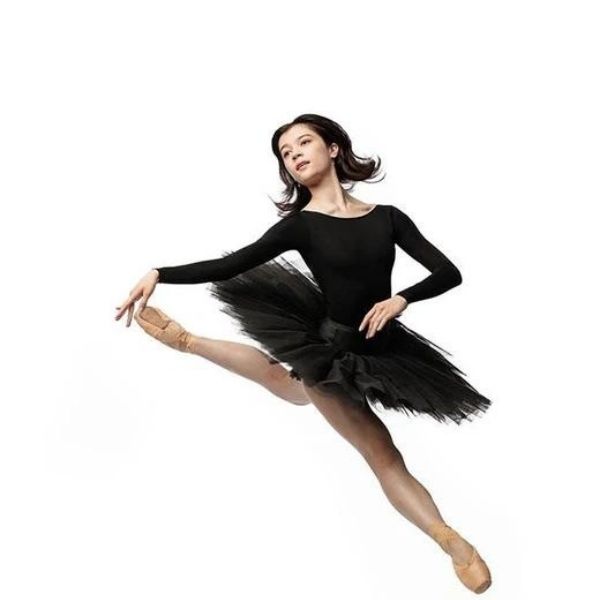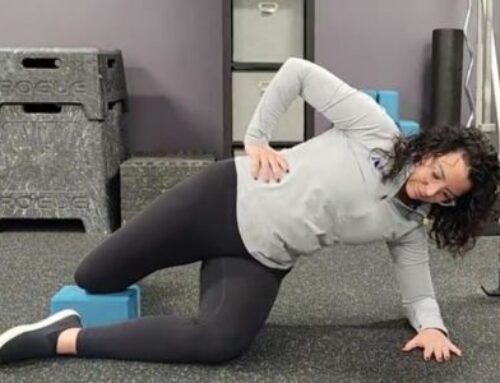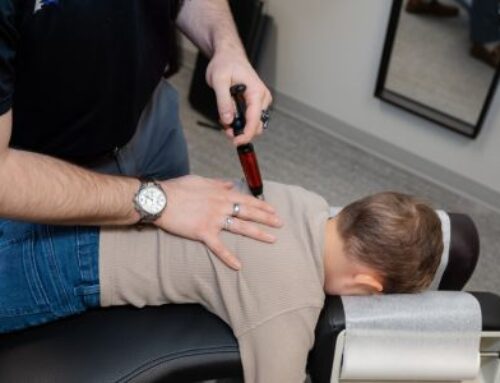Welcome back to the Dancer Blog. So we’re on week three of our extended discussion on why it’s so hard for healthcare providers to understand dancers. So far we’ve discussed the educational side with how healthcare providers are educated in school as well as the industry side with how rapid dance changes and why it’s hard for research to keep up with it. Make sure to check those posts out if you haven’t yet!
This week we’re wrapping it up by discussing the cultural competency aspect of this topic. We’re going to be going in depth on how the outside world tends to view dance and dancers, specifically how healthcare providers tend to see this special population. Now I’ve said this a dozen times but dance is very special to me. I am passionate about bringing quality healthcare and education about dance to dancers and providers alike. With that said, I have a lot of opinions when it comes to the cultural aspects of dance, especially with how healthcare providers view dancers. Which is why I’m gonna make it clear here that what I will be discussing this week is absolutely my take on this issue. I by no means intend to make this a “hot take,” as what I will be sharing is based on over 23 years of experience within the dance industry as well as my experience in healthcare and the greater healthcare industry, but that said, fair warning that this is MY experience.
From the beginning of my time in chiro school, I knew that I wanted to ultimately focus on working with dancers to better dancer’s health and knowledge about their own bodies. As a result, I would regularly ask questions of my professors about how different concepts in healthcare might be applied to dancers differently than other populations. And to be fair, I would often receive the answer of “I’m not sure exactly, but it might work like…” Many of my professors were fairly open about their lack of knowledge of this particular population and would try and make an educated attempt at applying “normal” biomechanical concepts to dancers. However, I would equally as often get the answer of “well with athletes…” Then most disturbingly, I would from time to time get an overtly dismissive answer with something like “I don’t know why dancers insist on doing that to their bodies.” And while I can totally respect the first type of response as open and sincere, it’s the second two that I feel are the most indicative of the healthcare system’s misguided understanding of dance as a whole.
The sad reality is, there are healthcare providers who believe either; that dancers can be lumped into one homogenous category with all other athletes or that dancers are causing themselves harm and should not be doing things the way they are. The first response is misguided and the second one is outright ignorant and detrimental to the patient’s; physical health, trust in the healthcare system and their own mental health.
Dancers are an athletic population that are regularly under a lot of stress due to their work. Dance as a whole is not a field known for job security. Shows can close, companies can fold and jobs can be lost due to things like injuries, not having the right weight, height, looks and so on. To tell a member of this or any population for that matter that what they’re doing is wrong, simply because you as a healthcare provider don’t understand it, is in my opinion malpractice.
True story, during my time at chiro school I took a series of classes on biomechanics and treatment of the extremities. One such class focused on the feet specifically. We learned about how the foot moved and functioned with the rest of the body. This class for me, was the perfect time to really start looking at the difference between dancers and non dancers. During one of our lectures we were discussing how stress was placed on different bones of the foot while we walk and how disturbances could lead to injury. I asked the professor in the middle of class “how would this change for dancers who often walk with externally rotated legs and who walk toe to heel not heel to toe?” My professor’s response was essentially “I don’t know why dancers do that but it’s weird. I would never do that, I bet it hurts.” He then proceeded to move on with the rest of the lecture.
My mind was blown! I remember thinking “How do you just write off an entire group of patients like that?” Another time, I was with a doctor and was talking about a dancer patient they had. The doctor told me that “dancer’s have this weird tendency of straightening their backs really upright. They need to stop that.” The patient was a ballet dancer. One, dancers don’t straighten their spines when they dance, they engage their core muscles and create what is effectively a tube that acts as the center point for rotational movement: balances, pirouettes, etc. Secondly, dancers need to do this because physics exists! A pirouette requires rotational acceleration. That requires a straight vertical line to accomplish. It’s basic math.
This unfortunately represents a decent amount of the opinion out there on dancers from the healthcare side of things. Either we get lumped into one massive athlete category, which for the millions of reasons we’ve discussed since the beginning of this blog, is wrong. Or we get dismissed because of a lack of education and let’s be honest, too much ego. My goal as a healthcare professional is to spend my career bridging the gap between these two groups. My dream is to work to educate doctors on how to better care for dancers as well as provide better care to dancers and help educate them on their own health and hopefully how to recognize a good healthcare provider from a bad one.
Ok, so this may have been a little bit of a “hot take” but I hope that at the very least, I’ve started to paint a picture of why healthcare providers struggle to treat dancers. I know first hand as a dancer that I often had trouble trusting my provider’s ability to treat me. It drove me mad and I hated it. And we haven’t even discussed the social and mental health aspects of caring for dancers yet, which trust me it is coming!
My goal is to use this blog to open up a dialogue and help establish trust between healthcare provider and dancer. So join me next week where we’ll be discussing the Os Trigonum that I mentioned back in part 1 and how it affects dancers differently than non dancers.
With that, we move on to our next dancer shout out. This week we’re featuring Nina Gentes, pictured above. I’ve known Nina since she was just a kid dancing with the Classical Ballet of Western New York near Buffalo. I danced there! She’s been training since she was only three years old and has attended programmes at The Rock School for Dance Education in Philadelphia, the School of American Ballet in New York City as well as Canada’s National Ballet school in Toronto. Nina recently joined the National Ballet of Canada as an apprentice for their 2019-2020 season and will be continuing with the company for their 2020-2021 season. She appeared in their productions Giselle, Chaconne, Etudes, The Nutcracker and Sleeping Beauty. If you’re ever in the Toronto area make sure to go check her out!
And remember, if you have any questions or topics you would like me to address here on the Dancer Blog comment below and let me know! Also if you want to help this community grow faster, please like and share this blog on Facebook, Instagram, and Twitter. Until next time!





